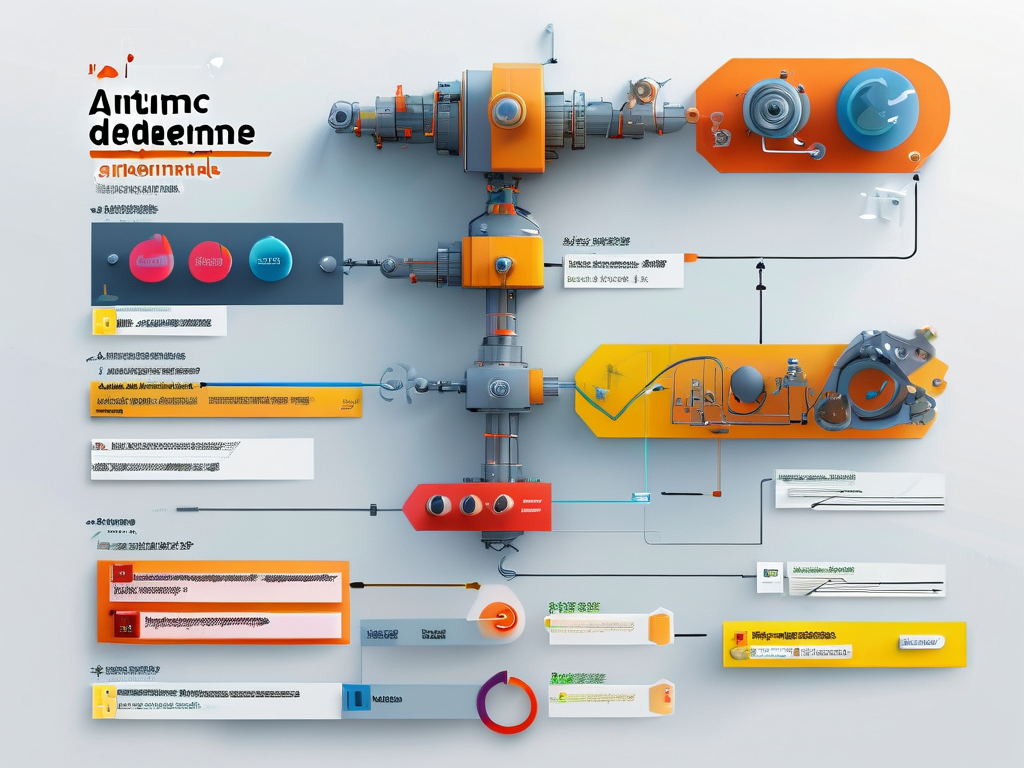In today’s fast-paced software development landscape, automated deployment has become a cornerstone of efficient workflows. Organizations leverage automation to reduce human error, accelerate release cycles, and maintain consistency across environments. This article explores practical deployment strategies, template designs, and tools to help teams streamline their processes.

Why Automated Deployment Matters
Manual deployment workflows are prone to errors, especially when handling complex multi-stage environments. A single misconfiguration can lead to downtime or security vulnerabilities. Automation eliminates these risks by enforcing standardized procedures. For example, scripts can validate configurations before deployment, ensuring compliance with predefined rules.
Moreover, automated deployment aligns with DevOps principles, fostering collaboration between development and operations teams. By integrating tools like Jenkins, GitLab CI/CD, or GitHub Actions, organizations achieve continuous integration and delivery (CI/CD), enabling rapid iterations without compromising stability.
Key Components of an Automated Deployment Template
A robust deployment template should include the following elements:
- Environment Configuration: Define infrastructure requirements (e.g., cloud resources, dependencies) using code. Tools like Terraform or AWS CloudFormation enable infrastructure-as-code (IaC) practices.
- Pipeline Orchestration: Design workflows for building, testing, and deploying applications. Below is a simplified Jenkins pipeline example:
pipeline { agent any stages { stage('Build') { steps { sh 'mvn clean package' } } stage('Test') { steps { sh 'mvn test' } } stage('Deploy') { steps { sh 'kubectl apply -f deployment.yaml' } } } } - Rollback Mechanisms: Implement safeguards to revert deployments if errors occur. Kubernetes’ rolling updates and canary deployments are popular strategies.
Choosing the Right Tools
The toolchain depends on project requirements and existing infrastructure. For cloud-native applications, Kubernetes paired with Helm charts simplifies container orchestration. Meanwhile, Ansible excels in configuring on-premises servers through declarative playbooks.
Consider hybrid approaches for hybrid environments. For instance, use AWS CodeDeploy for cloud resources and Jenkins for legacy systems. Compatibility with version control systems (e.g., Git) is critical to maintain traceability.
Best Practices for Implementation
- Version Control Everything: Store deployment scripts, configuration files, and IaC templates in repositories. This ensures transparency and simplifies audits.
- Test in Staging: Mirror production environments in staging to identify issues early. Automated testing frameworks like Selenium or PyTest validate functionality pre-deployment.
- Monitor Post-Deployment: Use tools like Prometheus or New Relic to track performance metrics. Alerts for anomalies enable proactive troubleshooting.
Case Study: Streamlining E-Commerce Deployment
A mid-sized e-commerce company migrated from manual deployments to an automated pipeline using GitLab CI/CD and Docker. By containerizing their application, they reduced environment inconsistencies. The pipeline included security scans using Trivy and performance tests with Locust. Deployment time dropped from 2 hours to 15 minutes, and rollbacks became seamless through image versioning.
Automated deployment is no longer optional for teams aiming to stay competitive. By adopting modular templates, integrating versatile tools, and adhering to best practices, organizations can achieve reliable, scalable, and secure deployment workflows. Start small—automate a single process, measure outcomes, and iteratively expand your pipeline.
For further customization, explore open-source templates on platforms like GitHub or consult documentation for tools like Azure DevOps. The journey toward full automation requires planning, but the ROI in efficiency and reliability makes it worthwhile.









